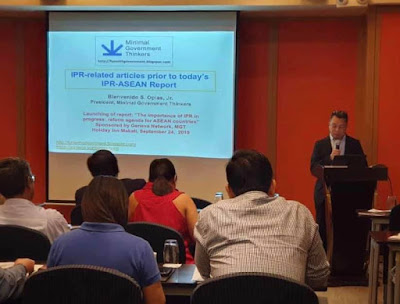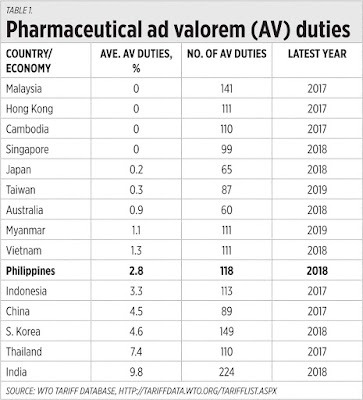* My article in BusinessWorld on October 9, 2019.
See also:
Among the tricks used by the anti-fossil fuel, anti-coal
groups is to never recognize growth and economic modernization of countries
that have relied on cheap, stable and reliable energy source. So for this
paper, I scoured through actual numbers of coal consumption in million tons oil
equivalent (mtoe) from 1965-2018, and GDP growth 1965-2018. Data source for the
former is the BP Statistical Review of World Energy, June 2019, and for the
later, the WB, World Development Indicators database, August 2019.
First I computed the annual growth rate of coal mtoe from
1966 to 2018, then got the averages per 10 years. (See Table 1.)
The WB’s GDP growth rates are already in percentages so I
just computed the averages per 10 years. (See Table 2.)
What do the numbers show?
One, there is clear correlation between growth in coal
consumption and growth in GDP, for all countries above in most years indicated.
See the US, Australia, and Japan — deceleration in coal use from 2006 to 2018
translated to low growth of below 3% for the US and Australia, and a maximum of
1.1% growth for Japan. For Germany, their energy transition away from coal
resulted in ever-rising energy prices and slow growth, below 2% from 1996-2018.
Two, for developing or emerging economies: Turkey’s
average coal use of about 5% a year also translated to around 5% GDP growth.
For China, about 6% average growth in coal use translated to around 9% average
GDP growth from the 1960s to 2005. Decline in coal use by China also showed
decline in GDP growth over the past three years.
Three, among the world’s biggest economies in terms of
GDP size are also the world’s biggest consumers of coal energy — the US, China,
India, and Japan.
This is not to say that coal use is the single most
important factor for fast or slow growth of countries, no. There are a dozen
other factors of course, but having cheap, stable and reliable electricity is
one of the most important prerequisites to have high and sustained growth. No
big manufacturing, banking, tourism projects will stay in a country which has
frequent blackouts, or there is zero blackout but electricity prices are high
due to frequent use of diesel gensets.
The climate alarmism movement is dishonest and deceptive.
If there is less rain, less floods, less snow, they say it is proof of
“man-made” warming/climate change/CC. If there are more rains, more floods,
more snow, they say it is also proof of “man-made” warming/CC. And so we send
more money (taxes, subsidies) to the UN, government and their new crony firms.
Whatever weather and climate.
Climate change is true but it is cyclical and natural,
largely nature-made and not man-made. To say that we need more government, more
UN, and mandatory renewable energy to fight less rain and more rain, less
floods and more floods, is a cheap but painful insult to our brains and
pockets.
--------------
See also:

















































